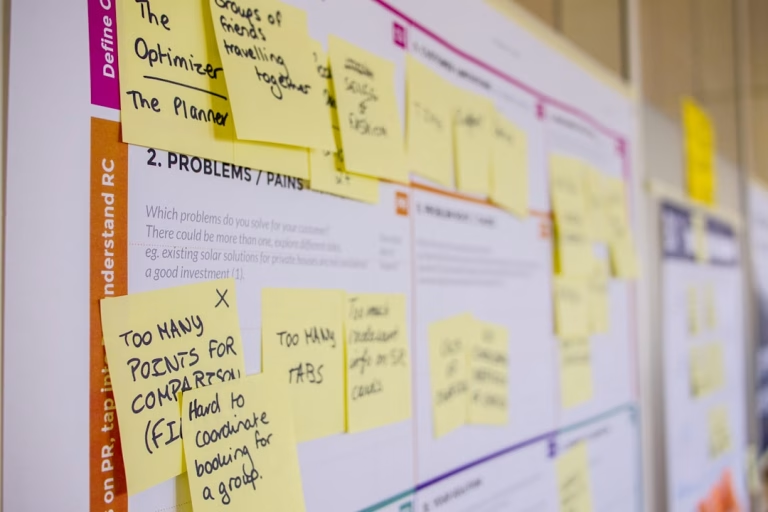A Deep Dive into Scrum Methodology
Introduction
Hello there! I’ve been really eager to chat with you today. Let’s dive deep into a topic that tickles my brain and fuels my professional fire – we’re talking about Scrum methodology. And no, it’s not Rugby tactics. Scrum is a blossoming methodology in the world of project management, keeping teams on track since the 90s. If you’re wondering why I’m smitten with Scrum, tag along on this journey, and you’ll know why.
What Scrum is All About
Let me break it down for you. Scrum is a methodology sitting under the Big umbrella of Agile framework. It’s an approach designed to turn complicated tasks into something achievable via promoting teamwork, accountability, and iterative progress
One day, when I was heading a software development project, I realized something is amiss. Despite minute planning and dedication, we still faced obscured goals, missed timelines, and frustration. You see, project management was looking more like wrestling with a cloud. That’s when I stumbled upon Scrum. The promise of Scrum — a beacon in the storm — to manage the chaos effectively was, let’s say, a game-changer.
How Does Scrum Work?
Scrum runs on specific cycles called “sprints.” The team and I huddle and decide on a set of tasks to achieve in a 2-4 week sprint
Can You Picture It?
Think batch of cookies – you make a small batch first, taste, and adjust your recipe, then make the next batch, adjust some more, and so on. By the time you’re finished, your cookies are sheer perfection, having avoided a disaster of hundreds of bad cookies. That is Scrum for you — right there in your kitchen!
Main Roles in a Scrum Team
- Product Owner: This person is the mastermind behind the vision of a project.
- Scrum Master: My favorite role! It’s the protector of the team, ensuring the scrum methodology is upheld.
- Development Team: They roll up their sleeves and get the work done.
These three musketeers of Scrum, collaborate, and bring value to a project
Scrum Artifacts
- Product Backlog: This is the wishlist of items to be done— headed by the product owner.
- Sprint Backlog: Spit-shined miniature version of the product backlog tailored for one sprint.
- Incriment: The tangible outcome of a sprint.
I hope this useful morsel of information I’ve gathered will help you dip your toes into the sea of Scrum methodology. Scrumming has certainly brought value to my project management life, and I am sure it will brighten your professional horizons too.
- Product Owner: This person is the mastermind behind the vision of a project.
- Scrum Master: My favorite role! It’s the protector of the team, ensuring the scrum methodology is upheld.
- Development Team: They roll up their sleeves and get the work done.
These three musketeers of Scrum, collaborate, and bring value to a project
Scrum Artifacts
- Product Backlog: This is the wishlist of items to be done— headed by the product owner.
- Sprint Backlog: Spit-shined miniature version of the product backlog tailored for one sprint.
- Incriment: The tangible outcome of a sprint.
I hope this useful morsel of information I’ve gathered will help you dip your toes into the sea of Scrum methodology. Scrumming has certainly brought value to my project management life, and I am sure it will brighten your professional horizons too.






